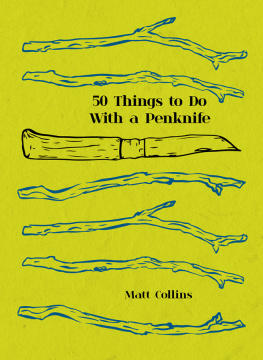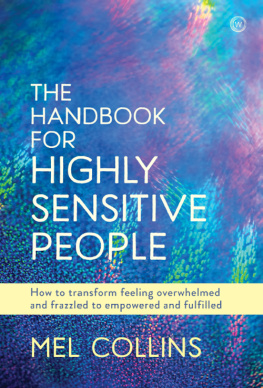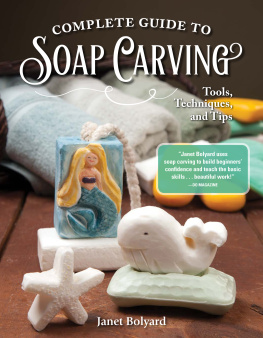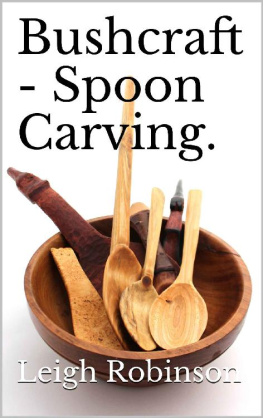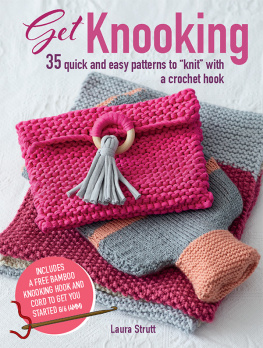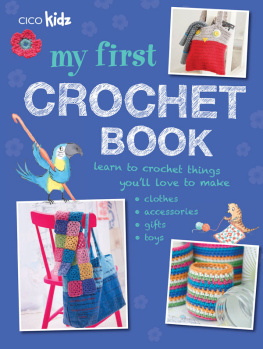50 Things to Do with a Penknife

50 Things to Do with a Penknife
Matt Collins
Illustrated by Maria Nilsson

Contents
Introduction
Faced with that age-old hypothetical question, if you were marooned on a desert island and allowed one implement as a companion for utility and survival, what would you choose? An axe? A handsaw? Perhaps a box of matches, or even a length of robust rope? The top answer must surely be a penknife, as what other tool could be as dependable or versatile? Conceived as far back as the Iron Age, compact folding knives have proven to be indispensable personal possessions, taking on a wide range of forms over centuries of use. Whoever it is carried by and however it is used, this simple, lightweight device has become a popular resource for occupation and hobby alike.
With a hinged blade that may be stowed conveniently after use, penknives are as safe to operate as they are easy to maintain. Resilient, hard-wearing handles protect the blades from the elements, such as rust from water damage, as well as from blunting if dropped or knocked. Furthermore, being that much smaller when folded, the portability of a penknife is perhaps its signature feature, fitting neatly into a jacket pocket or toolbox compartment. Of course a penknife is not restricted exclusively to a blade and a handle; there are a great many additional concealable accessories, ranging from scissors to screwdriver, corkscrew to toothpick. However, the inward-folding blade is what defines a penknifes fundamental appeal, and the blade itself is what makes this tool so useful.
While convenience and versatility make a penknife suitably industrious for survival on a hypothetical desert island, they also make it the perfect instrument for a less extreme application. Carving, or whittling, is a wonderfully creative and enjoyable pursuit, transforming ordinary sections of wood into ornate or useful items. One of the best things about whittling is that it can be enjoyed at a range of levels and abilities. There are many projects that will require a certain amount of determination softening the edges of a spinning top for example, or sculpting the curve of a decorative ring. However, some of the most practical items are also the simplest to carve, and a sense of achievement is readily bestowed upon the persevering whittler. This book is intended as an introductory guide to carving many of these functional and rudimentary items, as well as a handful of more challenging whittling projects.
This book isnt only about wood whittling. The seven chapters feature alternative carving materials, and find creative uses for old wine corks as well as some inventive re-imagining of fruit and vegetables. There are also useful tasks, such as the preparation of a freshly caught fish, producing grafted apple trees and multiplying favourite woody shrubs. Whatever the task, a penknife remains at the centre its implementation demonstrated via a concise set of illustrated steps.
There is also a useful introductory section that offers helpful information for anyone starting out with a penknife, or whittling for the first time. Detailing topics such as selection of carving materials, how to maintain and sharpen a blade, as well as the choice of penknife itself, these pages are a reference guide for the 50 projects featured in this book. Safe operation of a penknife is discussed, illustrating a range of controlled carving techniques intended to lower the risks of handling a blade. However, it should be remembered that a penknife will remain a sharp, hazardous tool, and therefore should always be treated with extreme care and, when necessary, adult supervision.
The tools of a trade or traditional craft share a commonality in their relationship with their master. Much like a potters wheel or sculptors chisel, a penknife is personal to its owner, and the more it is used and worked with, the more familiar it will feel in the hand. This should also be said of the craft itself, and whittling, when practised, can make for an engaging and intuitive activity. Furthermore, working so closely with organic material offers a connection with the natural world that few hobbies can match. Above all, however, carving should be a fun and relaxing recreation, absorbing in its elemental simplicity.

A pocket knife can come in many forms, ranging from a knife with a single, fixed blade, to a variety of multifunctional, foldaway Swiss Army-style knives. However, there is no rule dictating what a whittling knife should look like, and provided that your selected blade fulfils the basic functional criteria, the right type of knife remains a personal choice. Your whittling knife may be one youre well acquainted with, and have put to use already, or it may have been a gift. Whatever the background, a suitable knife is one that is manoeuvrable, comfortable and, above all, sharp.
Not surprisingly, a good knife is a good blade. Carving material of any kind depends most crucially on a sharp blade (A). A dull or blunt edge not only inhibits the precision of each cut, but it also presents a danger to its handler. Theres an old whittlers saying that goes, a dull knife is more dangerous than a sharp knife. Of course a sharp knife is not a tool to be careless with, but the dangers are more obvious. A blunt knife offers its handler less control. Theres a far greater chance of the knife slipping in the hand, due to the additional force that must be applied in order to make a cut. Therefore a sharp blade enables a more precise and controlled movement, improving the safety of any such operation.
A sharp blade should lead to a sharp tip (B), which is used to perform a number of whittling cuts, very often intricate and delicate ones. A sharp point is therefore critical to a suitable and versatile pocket knife. Many whittling cuts involve an exertion of pressure using the thumb or forefinger on top of the blade. It helps therefore to have a straight-topped blade (C), as opposed to a double-edged variety. And lastly, there is no substitute for a comfortable handle (D). If your knife does not sit smoothly and pleasantly in the hand, it will see far less use. This is often the unfortunate downfall of multifunctional, overly laden pocket knives, such as the Swiss Army knife.
Please note that in the UK it is illegal to carry a knife in public without good reason unless it is a knife with a folding blade 7.5cm (3in) long or less. Lock knives (that can be locked and refolded only by pressing a button) are not classified as folding knives.
More information on suppliers of knives, as well as other helpful kit, is detailed in .

In case the point hasnt been made strongly enough already, a sharp edge really is the backbone of whittling. Each cut made using your pocket knife will result in the gradual dulling of its blade. Therefore it is necessary to keep a close check on the maintenance of the knife-edge to ensure that it is performing exactly as it should. The simplest (and most pocketable) sharpening tool is a whetstone. Whetstones can be purchased from numerous high street outlets and online retailers. Ranging in size from 420cm (18in), pocket knife whetstones are formed of two contrasting sides: a coarse, rough surface (for sharpening) and a smoother, finely graded surface (for finishing).
Next page
